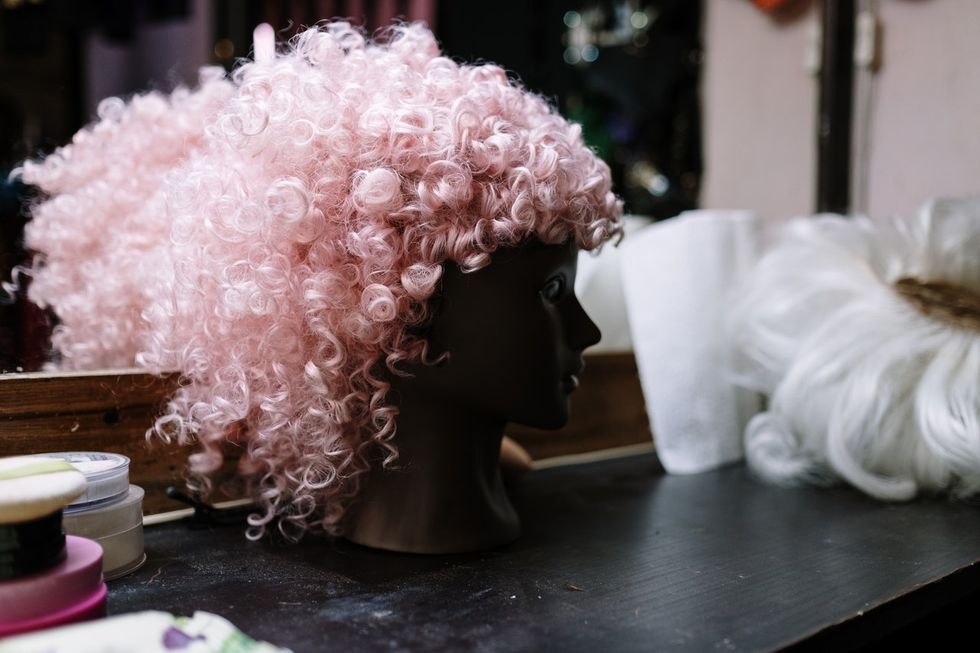Hair is as stunning and special as the individual it has a place with. Consequently, learning the realities about your hair is basic! From stick straight to enormous and wavy, it very well may be found in all hues, surfaces and lengths, and can experience numerous progressions all throughout life. Style patterns, hair styles and hair hues all experience changes and can be one of a kind.
Hair augmentations are extremely popular at this moment, and you will be unable to locate a model who isn't wearing them. In any case, when did they become such a pattern? How are they made? What's more, where do these 'human hair hairpieces' originate from?
1. Take care of your hair wig
Human hair wigs closely resemble genuine human hair and can be styled simply. You have to give it the same amount of attention as genuine human hair. Human hair hairpieces should be shampooed and adapted and can be harmed from over styling.
2. Human hair industry
Hair is valued to such an extent that in one extraordinary case, the hair on a lady's head was actually trimmed off by a posse. It goes toward the creation of wigs and hair extensions.
3. Types of wigs
There are two fundamental sorts of human hair wigs: the conventional machine sewed weft hairpiece and the hand tied trim hairpiece. The machine sewed wigs are the most mainstream and made more rapidly.
4. Origin of wigs
Most of the hairs and its extensions comes from Asian countries like China and India. A few originate from hairstyling parlors and salons, and a few originate from squander pickers who accumulate it from garbage and dumpsters.
5. About short hairs
It's not as expensive or attractive and is generally utilized for modern purposes.
6. Used for pizza base
The entirety of the hair that is not utilized for hairpiece causing purposes can be utilized for different things like bogus eyelashes or mechanical side-effects like composts, stuffing for garments and even to make amino acids that are then utilized for pizza mixture.
7. Hair wigs are more popular with men than women
Perhaps somewhat astonishing right now, however, is that hairpieces were considerably more mainstream with men than with ladies. They originally encountered a resurgence with certain male rulers who were beginning to show their age, and after the French Revolution, when hairdos all around were turning somewhat more manageable, ladies tended not to wear hairpieces, though men actually did, despite the fact that they were a touch more restrained.
8. History of wigs
It's unquestionably not an ongoing development, with numerous old societies utilizing hair weave for an assortment of reasons including design, sun insurance and theater. The Egyptians utilized beeswax on theirs, and frequently scented them, and the Romans, which could now and again have very intricate haircuts, are only two of numerous societies.






















